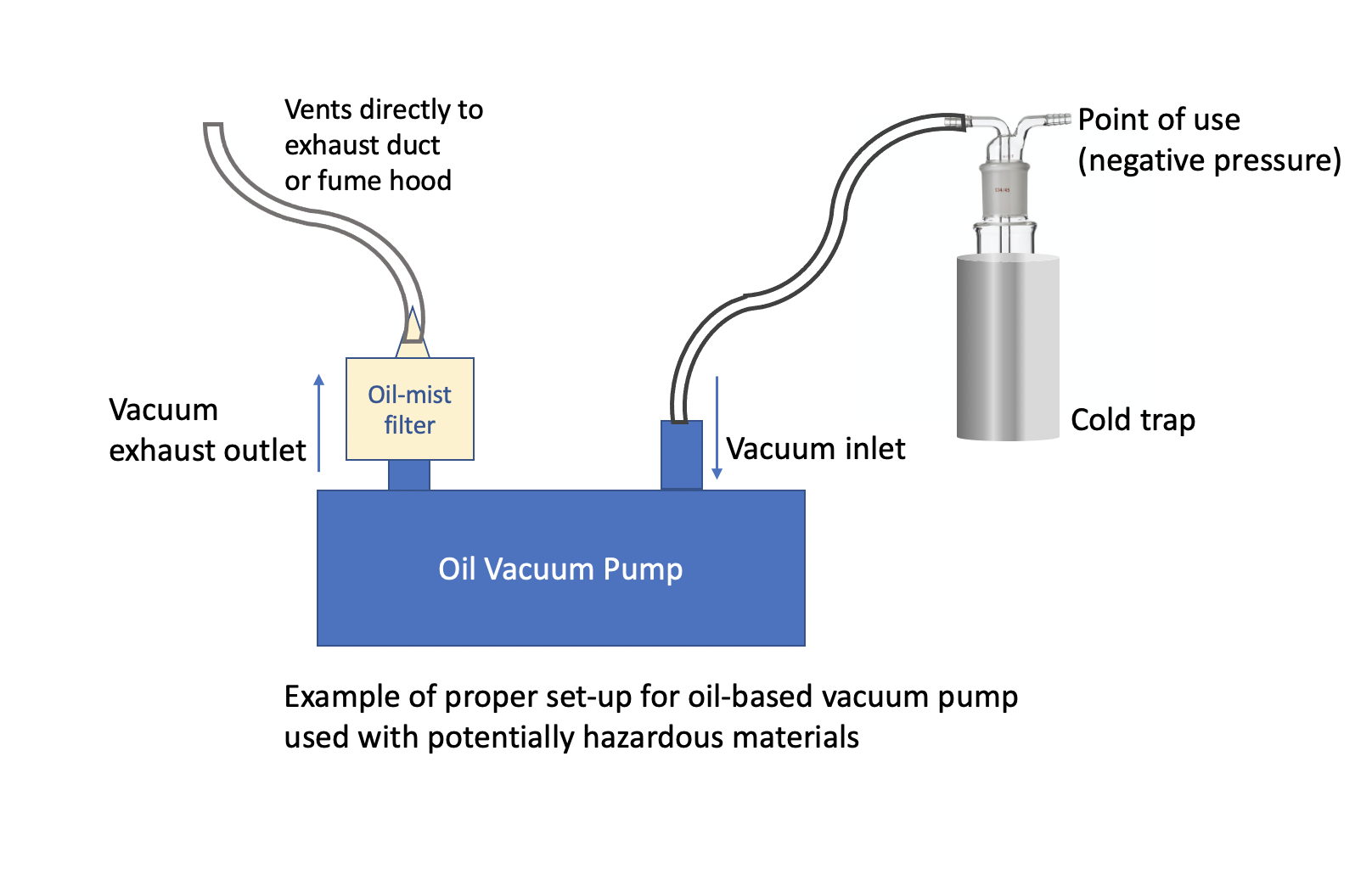My Journey to Finding a Decent Pump
So, there I was, needing one of these acid resistant vacuum pumps. Wasn’t exactly something I woke up one day and decided I just had to have, you know? It all kinda snowballed after I got a bit more serious about my little workshop projects. I was messing around with some, let’s say, ‘enthusiast-level’ chemistry stuff, nothing too crazy, but enough that my regular, cheapo vacuum pump started to complain. Loudly.

The Old One Just Couldn’t Hack It
Yeah, that first pump. Picked it up for next to nothing, thought I was being clever. Big mistake. After a couple of sessions where it was breathing in some pretty aggressive fumes – think acidic vapors, the kind that makes your nose hairs curl – it started making these awful noises. First, just a bit of a wheeze, then it progressed to a full-on grinding, like it was trying to chew up its own insides. Totally my fault, looking back. Tried to save a few quid and ended up with a smelly, useless brick. Those fumes just ate away at whatever seals or delicate bits were in there. Had to chuck it in the bin, stunk up the place too.
Alright, Time to Get Serious
After that disaster, I figured, “Okay, no more cutting corners on this bit of kit.” I needed something that could actually stand up to the materials I was using. The words “acid resistant” were echoing in my brain. So, I started asking around, talking to a few folks who dabble in similar things. One fella, old mate of mine who’s always got some wild contraption brewing in his shed, he mentioned something about needing special materials inside the pump. Said something like, “Make sure it’s got PTFE guts or something similar, otherwise you’re just throwing money away.” PTFE, yeah, that non-stick frying pan stuff, right? Made sense it wouldn’t get eaten up so easily.
The Hunt and What I Was Looking For
Didn’t want to spend a fortune, but definitely didn’t want another dead pump on my hands after a week. So, I hit the internet. Spent a good few evenings just scrolling through pages and pages of pumps. Some looked like they belonged in a massive factory, way too much pump for my little corner. Others looked a bit too plasticky and cheap, even if they claimed to be resistant. I was trying to find that middle ground.
- Scoured a bunch of online supplier websites.
- Read a ton of user reviews, though you always gotta be a bit careful with those.
- Really looked at the specs: the flow rate, how strong a vacuum it could pull, and, most importantly, what the bits that touched the chemicals were made of.
Eventually, I settled on one. It wasn’t the absolute cheapest, nor the fanciest one with all the bells and whistles, but the product description was clear about having a “corrosion-resistant flow path” and it listed stuff like PFA and PTFE for all the important parts. Sounded like it might actually do the job.
Getting It Home and Hooking It Up
So, I clicked “buy”. Then the waiting game. Package turned up, pretty well packed, I gotta say. Unboxed it. Heavier than I expected, which I took as a good sign. It felt pretty sturdy, not like a cheap toy. The instruction manual was, well, it was there. Mostly diagrams, but I managed to figure it out. Got the hoses connected, made sure everything was nice and snug. Last thing I needed was some of those nasty gases leaking out into my workspace. Gave everything a double-check, then a triple-check.
Firing It Up for the First Time
Plugged it in, took a deep breath, and flipped the switch. It whirred to life. Definitely quieter than my old, deceased pump, which was a pleasant surprise. I did a test run first, just pulling a vacuum on an empty flask, no harsh chemicals involved. Seemed to work like a charm. Then, very carefully, I introduced it to the actual system, where the acidic vapors would be present. I was watching it like a hawk, listening for any strange sounds, trying to catch a whiff of anything unusual (from a safe distance, of course!).
So, How’s It Doing Now?
And you know what? It’s been brilliant. Been using it for several months now. No more death rattles, no more grinding noises. It just sits there and does its job, pulling a vacuum like it’s supposed to. I do make sure to run clean air through it for a few minutes after I’m done with the corrosive stuff, just to help clear out any lingering nasties. A bit of basic care, you know? It’s definitely handled all the acidic fumes I’ve thrown at it without a hiccup. My projects are finally moving forward without me constantly battling failing gear. It wasn’t exactly cheap, this pump, but when I think about the cost of replacing multiple cheap ones and all the wasted time and frustration, it’s actually been a good investment. Sometimes, you just gotta bite the bullet and get the proper tool for the task, even if it pinches the wallet a bit upfront. Learned that one the hard way, I suppose. But hey, that’s part of the process, right? Messing up, learning, and then getting it right. This pump, for me, is definitely in the “got it right” category. My workshop still gets a bit smelly when I’m in the thick of it, but that’s the chemicals themselves, not the pump giving up the ghost. Big, big difference!

